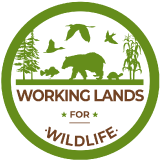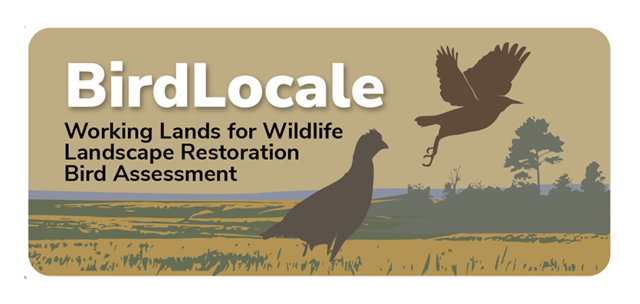by
Rhishja Cota
—
published
Sep 21, 2022
—
last modified
May 30, 2024 07:02 PM
—
filed under:
Tribal,
Modoc Tribe of Oklahoma,
Indigenous,
Equity and Inclusion,
Oklahoma,
Tribal Nations
Modoc Tribe of Oklahoma is a federally recognized tribe headquartered in Miami, Oklahoma within the The ancestral home of the Modoc Nation, or Captain Jack’s Band of Modoc Indians, consisted of over 5,000 square miles along what is now the California-Oregon border. On the west loomed the perennially snow-capped peaks of the majestic Cascade Mountains; to the east was a barren wasteland of alkali flats scaling to the peaks of the Warner Mountains in the Sierra-Nevada range; towering forests of Ponderosa pines and shores of majestic bodies of water and rivers were to the north while the Lava Beds, now a National Monument, and the Medicine Lake volcano range to Mount Shasta formed their southern boundary.
Located in
LP Members
/
Organizations Search


